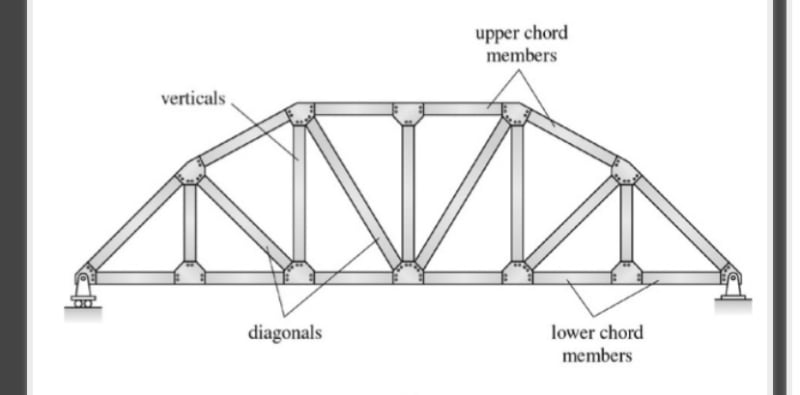LJ_
Structural
- Aug 23, 2020
- 44
Hello,
I have this truss that has the bottom chord in compression. The length between the truss supports is 90ft and the section is HSS. The joints in the truss are every 8 ft. The trusses are spaced 20ft.
When I check for compression in the bottom chord, the length is 90ft so my HSS fails. Can I use gusset plates in the joints so I can provide for out of plane rigidity and thus reduce the length of analysis?. If the length was 8ft my member wouldn’t fail. Or is it necessary to provide bracing by connecting the trusses in the joints.
What do you think?
I have this truss that has the bottom chord in compression. The length between the truss supports is 90ft and the section is HSS. The joints in the truss are every 8 ft. The trusses are spaced 20ft.
When I check for compression in the bottom chord, the length is 90ft so my HSS fails. Can I use gusset plates in the joints so I can provide for out of plane rigidity and thus reduce the length of analysis?. If the length was 8ft my member wouldn’t fail. Or is it necessary to provide bracing by connecting the trusses in the joints.
What do you think?

